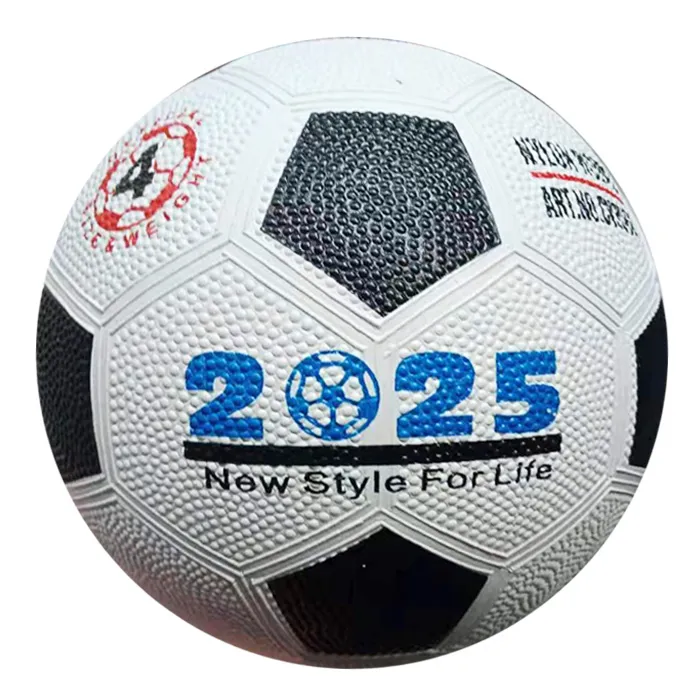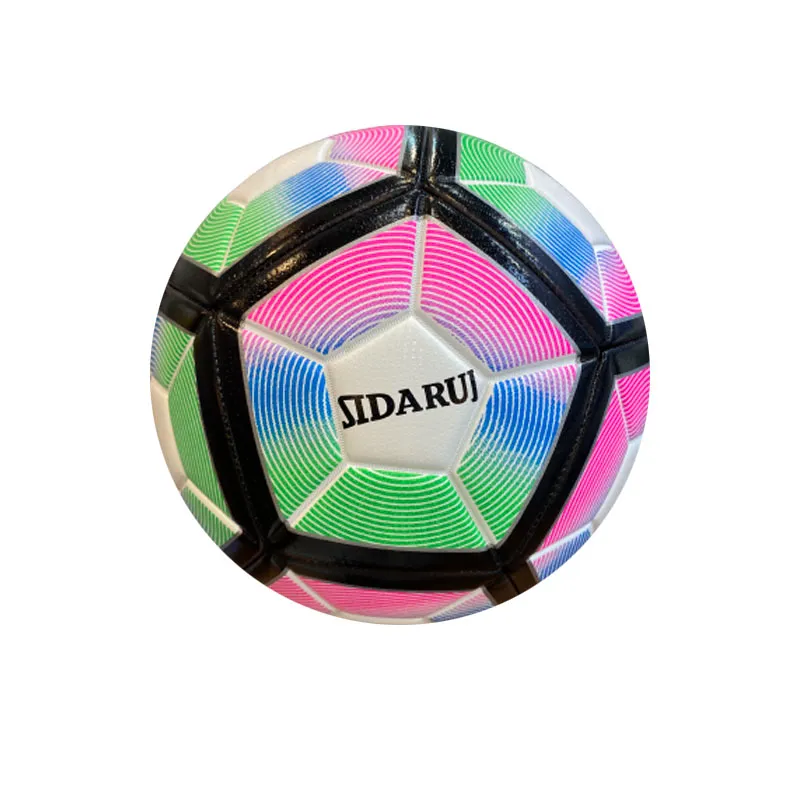Creating your own football can be an exhilarating venture, merging the love for the game with a creative touch. Diving into the process of crafting a football tailored to your specifications doesn't only allow you to appreciate the craftsmanship and technology involved but also positions you as an expert in this niche field. Here’s a structured exploration of the considerations and steps involved in making this endeavor a remarkable journey.

Embarking on this football-making journey requires a solid understanding of the core materials involved. Utilizing high-quality materials is paramount; traditionally, a football comprises quality leather or synthetic materials, each offering distinct advantages. Leather ensures durability and an authentic feel, akin to professional-grade footballs, providing a premium experience. Meanwhile, advanced synthetic materials offer superior water resistance and flexibility, catering to various environmental conditions. Selecting between these depends on the intended usage and the playing environment.
The construction process of creating a football demands precision and expertise. Panels are typically stitched or thermally bonded. Stitched footballs, though traditional, require meticulous care, ensuring uniformity in stitch tightness to maintain spherical perfection. This technique embodies authenticity and a classic aesthetic. Thermally bonded panels, on the other hand, provide superior aerodynamic stability and are more common in modern-day footballs due to their seamless design which offers reduced drag in flight.
Mastering either technique can elevate the functionality and durability of your bespoke football.

Personalization is where creativity meets craftsmanship. Branding your football with custom logos or designs adds an exclusive touch, transforming a simple sports accessory into a personal statement or even a brand symbol. Modern printing and embossing technologies enable nearly limitless customization, enhancing the ball's aesthetic appeal while potentially turning it into a marketable product. This aspect not only personalizes the product but also enhances brand visibility if used within a business context.
Such a project requires tools and equipment that balance precision with practicality. Essential tools include cutting templates, sewing machines, and thermal bonding equipment, depending on the construction method. It's crucial to understand their functions and maintain them to maximize their efficiency and longevity. Attaining a basic skill set in operating these instruments will streamline the manufacturing process and encourage innovation in design.
create your own football
Time management and productivity are crucial, particularly if the project scales beyond a personal endeavor into a business venture. Employing a structured timeline for sourcing, design, production, and quality control ensures the project runs smoothly without unexpected delays. Timeframes can be further optimized using project management software, which tracks progress, streamlines communication among stakeholders, and swiftly addresses potential bottlenecks.
Engaging with the community of football enthusiasts, crafters, and professionals can foster inspiration and collaboration. Joining forums, attending workshops, and following industry leaders on social media can provide valuable insights and trends, keeping you informed and enhancing your authority in the field. Networking with others in the industry could also unveil partnership opportunities and broaden market reach.
Once your customized football is complete, thorough testing should be conducted. This involves assessing its performance on various pitches and under different weather conditions to ensure it meets set quality standards. Ball performance factors—such as bounce, grip, and aerodynamics—should align with professional standards, offering a product as functional as it is fascinating.
Sharing your journey through blogs, social media, and participating in expos can significantly build trust and authoritative presence online. Documenting each stage of the creation process builds transparency, showing potential customers the dedication to quality and detail, thereby enhancing credibility.
In conclusion, the journey to create your own football intertwines the art of craftsmanship with the precision of technology and an understanding of the market's demands. As you explore this niche, not only do you manifest a tangible product of quality and durability, but you also establish yourself as an authoritative figure in a speciality. This dual achievement paves the way for further innovations and potential entrepreneurship, firmly rooted in expertise and trustworthiness.













